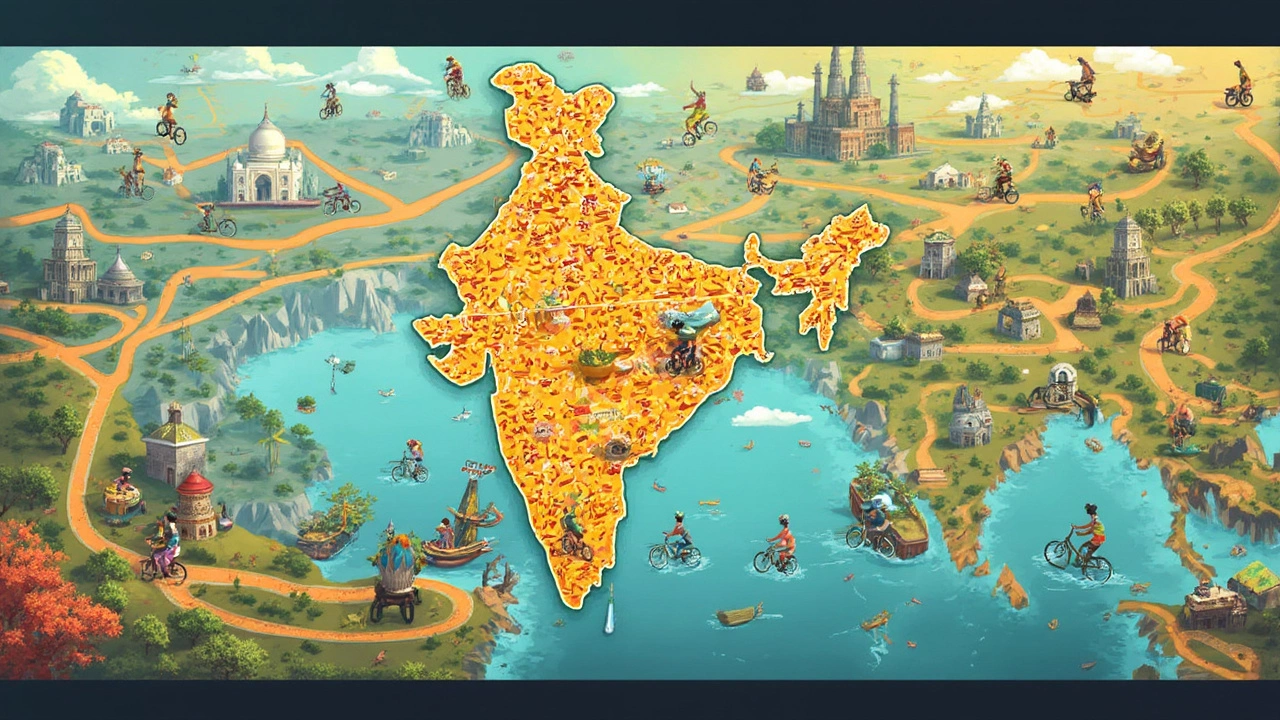Bike Routes – Find, Plan, and Ride the Best Paths
If you love cycling, the biggest headache is often figuring out where to go. A good bike route keeps you safe, saves time, and makes the ride more fun. Below you’ll get the easiest ways to find reliable routes, the tools that actually work, and a few tricks to avoid getting lost.
Why Good Bike Routes Matter
Bad routes can mean steep hills, heavy traffic, or unsafe sidewalks. That drains your energy and can turn a pleasant ride into a stressful chore. When you follow a route that’s designed for cyclists, you’ll enjoy smoother roads, quieter streets, and scenery that’s worth the effort. It also helps you track progress and set realistic training goals.
Tools and Tips for Finding Bike Routes
Google Maps – the hidden cycling option. Many people think Google Maps only shows cars, but it does have a bike layer. Open the app, tap the layers icon, and select “Bike”. If the option is missing, it’s usually because your region isn’t fully supported yet. In that case, zoom in on the map, look for bike lanes marked in green, and manually chart a path.
Dedicated cycling apps. Apps like Strava, Komoot, and Ride with GPS specialize in bike routes. They let you filter routes by distance, difficulty, and surface type. You can also download routes for offline use, which is handy when you’re out of cell coverage.
Local bike clubs and forums. Joining a community on social media or a local biking group can give you insider knowledge. Members often share GPX files, describe new trail openings, and warn about construction that isn’t on the maps yet.
Use open data sources. Many cities publish bike lane data in formats you can import into Google Earth or a GIS program. If you’re comfortable with a bit of tech, you can create custom maps that combine official bike lanes with your favorite shortcuts.
Plan ahead, test later. Before you head out, copy the route to a paper sketch or a note on your phone. Check elevation profiles to avoid surprise climbs. Start with a short test ride to see how the path feels. Adjust the route on the fly if you spot a better road or a scenic detour.
Remember, the best route isn’t always the shortest. A slightly longer path with smooth pavement and low traffic often feels faster than a direct but rough road. Keep safety in mind: look for dedicated bike lanes, low‑speed streets, and well‑lit sections if you ride after dark.
Once you have a go‑to set of routes, bookmark them in your favorite app. Most apps let you save routes to a personal library, so you can pull them up without searching again. Over time you’ll build a library of routes for different moods – a quick 10‑km commute, a long weekend ride, or a scenic loop for weekend relax.
Finally, don’t forget to share your findings. Uploading your GPX files to community sites helps other riders discover hidden gems, and you’ll get feedback that makes your own rides even better.
With the right tools and a bit of planning, finding great bike routes becomes second nature. Grab your bike, pick a route, and enjoy the ride.
